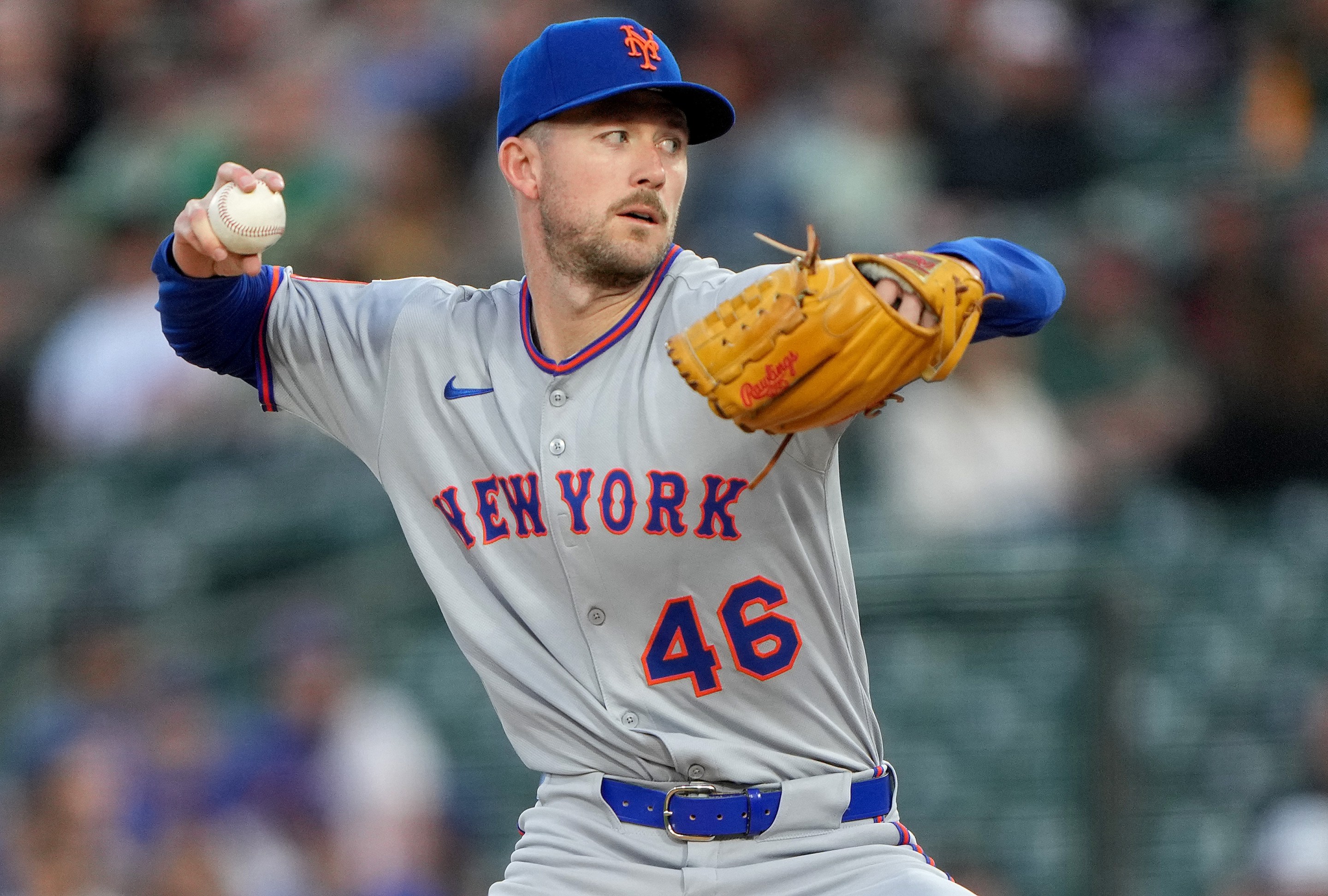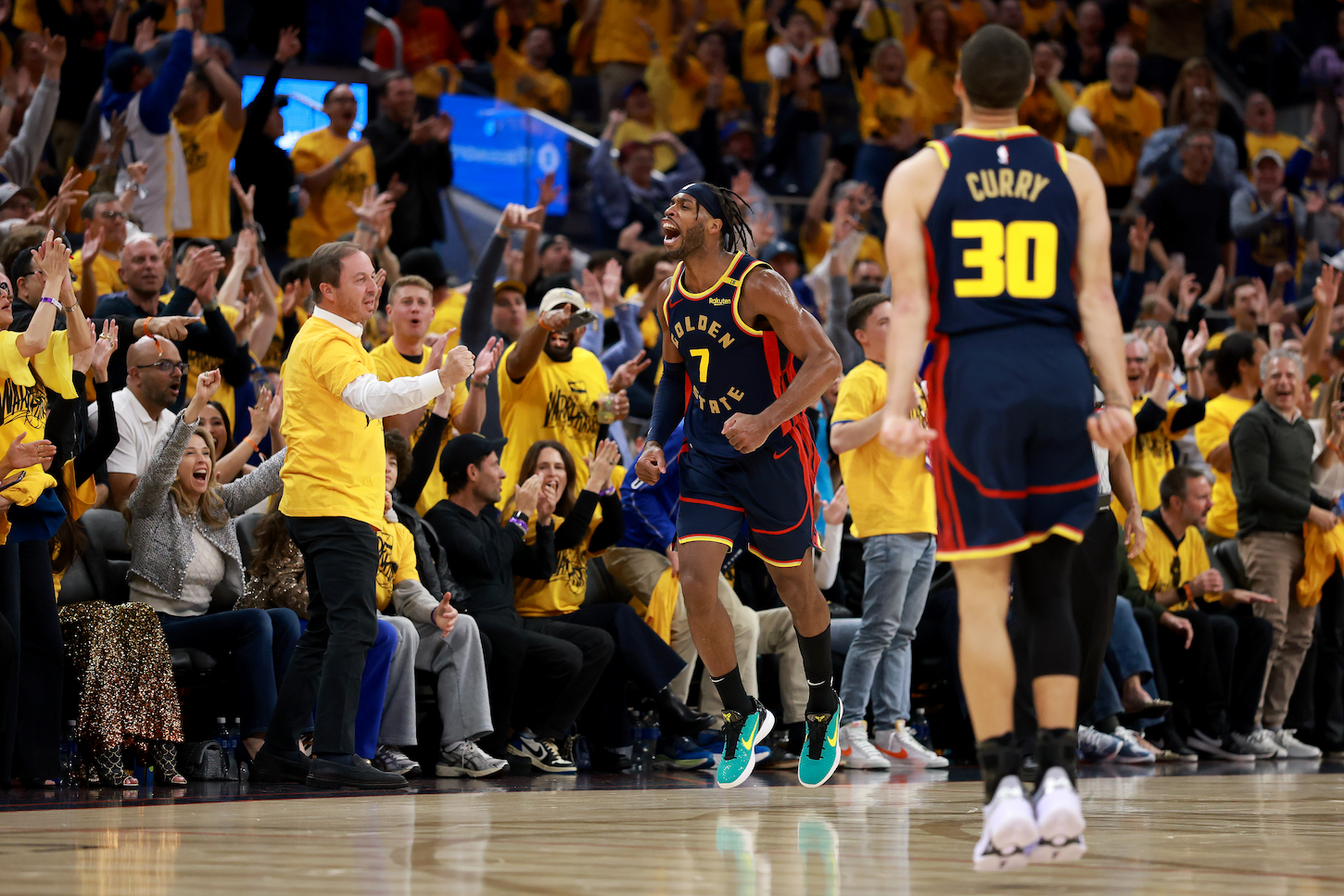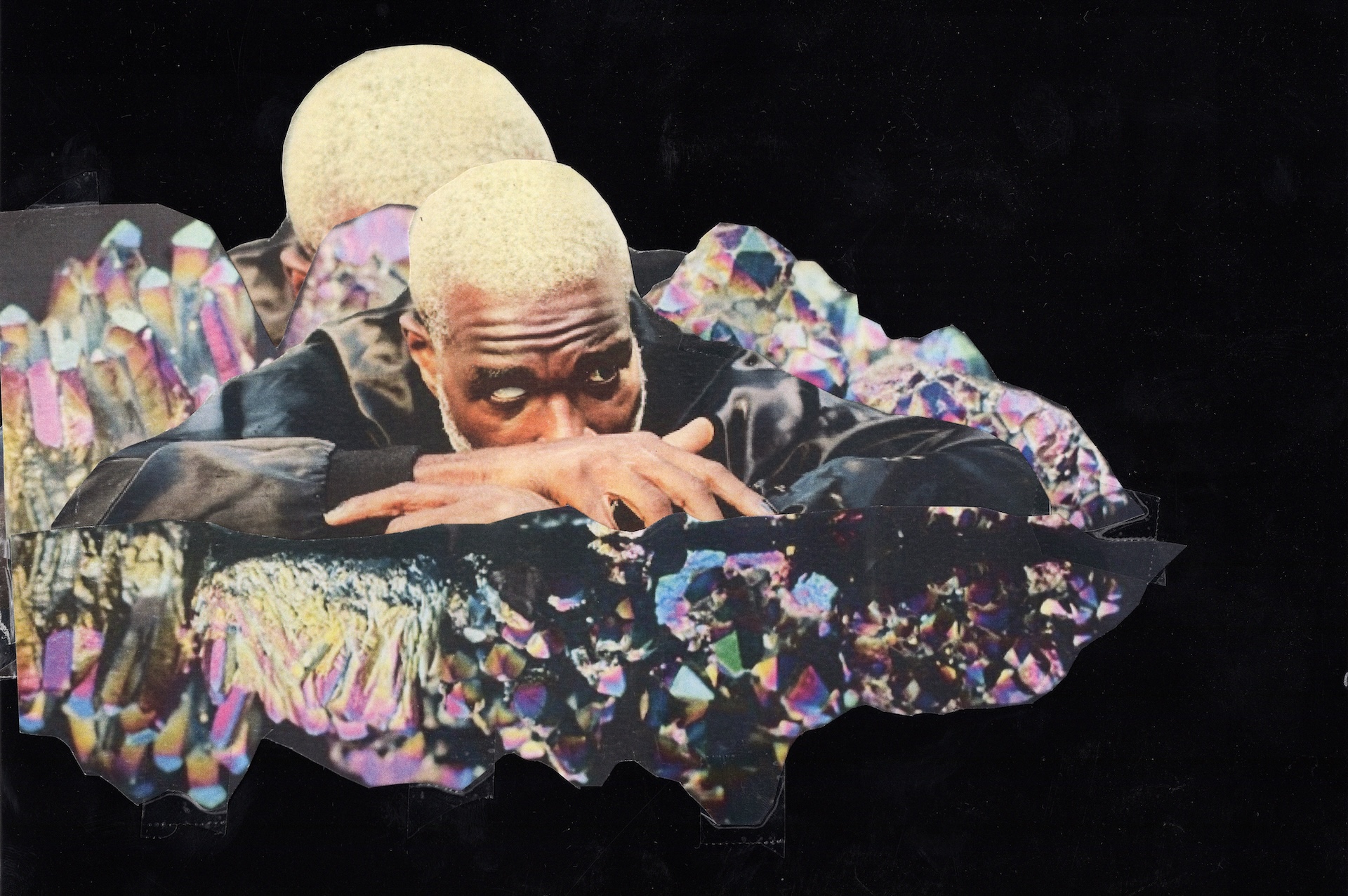When Steve Cohen bought the New York Mets near the end of the 2020 season, he acquired a property that was valuable, scarce, and absolutely lousy with toxic mold and crawling with skunks. The value was easy to see; there are only so many Major League Baseball franchises and they're not making new ones at the moment, which makes this both a good business to be in and one that doesn't do much to discourage the sort of laziness that led to those unaddressed mold/skunk issues under previous ownership. It is more difficult and more persistently demanding to be a smart baseball organization than a stupid one, and far more cost-effective in the long run, but from an owner's perspective it doesn't really make much of a difference. Smart teams win and dumb teams mostly don't, but owners do fine either way; the family that spent the better part of two decades making the Mets as mediocre and repellent as they could possibly be banked $2 billion in profit from the sale of the property they'd desecrated.
That sour mediocrity was the result not of a lack of effort, but of a heroic surplus of the worst and wrongest kinds of effort; neglect would have been a marked improvement upon the sort of toxic attention the owners lavished upon the organization. It wasn't that the Wilpons didn't want to win; they did, but only if it meant that the dumb things they cared about—a crabbed half-ideology devoted to various antique and idiotic rules and hierarchies, except when and where it was dictated by patronage or some salty executive whim—to be winning things, when they were not.
The new program that Cohen brought to the team was vague and grandiose, but reasonable in its way. It amounted to spending money on big-league talent in the near term while building the sort of organizational infrastructure that would let the team develop its own talent down the line; the former would keep them competitive in the near-term, and the latter would make that work easier over time.
The Spending Big part of that program was always going to be the most visible and most easily criticized part of it, and delivered some predictably chaotic results. The Mets have been expensive and the bad kind of good, then more expensive and the bad kind of bad, and then spent the last three-quarters of last season as a team whose actual goodness or badness mattered less than the much more urgent fact that the universe had for whatever reason chosen to bestow all of its abundance upon them, at least until the Dodgers, a force more powerful even than that, got involved. All of those outcomes are things that money can buy when spent on big-league players; baseball and baseball players are that volatile and contingent and strange, and spending money can only ever minimize any of that. There is only so much that can be done, there. The whole point of the other bit, where the team learns to develop amateur talent and sign and improve the more fungible and effectively free marginal players that every MLB team can grab, is less to solve that unsolvable problem but to get more chances at an answer.
We're going to Become The Dodgers, it should take a few years, is both a compelling strategy and not in the abstract very much different than me excitedly telling my wife that I have come up with a plan that will, in due time, lead me to win the Slam Dunk Contest during NBA All-Star Weekend. But if it felt and maybe was sort of brash and tossed-off, it was at least new insofar as it acknowledged that a number of internal processes would need to change in order for anything else to improve. There is rebuilding and then there is rebuilding, and there is a difference between announcing that your team plans to get its ass kicked for some number of years, strategically, and a full-on institutional personality transplant. It turns out that both take about the same period of time.
The Mets beat the Nationals on Monday afternoon, by the score of 19-5. That is not really important; it's April, and while the Mets became the first team to 20 wins with the victory, most teams do not hang a banner for that sort of thing. Brandon Nimmo drove in nine runs for the Mets; infielder Amed Rosario pitched the ninth inning for the Nats and threw a pitch to Pete Alonso at 44 miles per hour; Jose Ureña, fresh from Triple-A and making his Mets debut, allowed five earned runs in three innings of relief for the Mets and earned the save; the Mets' team ERA spiked to a league-best 2.62. None of this is anything that anyone will remember for very long, or that would warrant much remembering; Ureña will likely be designated for assignment on Tuesday.
Of the three straight starts in which Griffin Canning has allowed one run or fewer, this was the worst. He worked himself into and got himself out of trouble over five laborious innings, which was good enough for the win; Canning left with a lead, and Max Kranick pitched a scoreless inning in the sixth, and the game was a blowout by the time Ureña made his Mets debut in the seventh. Some of that is notable, if only in terms of what it suggests about how the Mets are managing the trickier, quieter part of their post-Wilpon overhaul. It helps that the Mets were capable of paying Juan Soto an unconscionable and preposterous amount of money, but that signing hasn't had nearly as much to do with the Mets being the best team in baseball over this brief and unrepresentative stretch of the season as their successes with objectively marginal pitchers like Canning and Kranick have.
Canning is in the rotation because pitchers ahead of him on the depth chart got hurt; he is a Met because the Angels traded him to the Braves after a 2024 season in which he was by most metrics the worst starting pitcher in the sport, and because the Braves declined to offer him arbitration after acquiring him as the ballast in a deal that let them dump Jorge Soler's salary. He will turn 29 in a couple of weeks and has had good and bad moments in the bigs, all of them in the fragrant suck-bogs of Anaheim. He signed with the Mets, he told a team podcast on Monday, because he'd seen the success that Luis Severino and Sean Manaea, whose big-league careers were in a similarly liminal situation, had with the team last year. The Mets have sought out pitchers they believe they can improve in this way under President of Baseball Operations David Stearns and Director of Pitching Development Eric Jagers, and their good work in that area has led those pitchers to seek them out in turn. "Maybe someone says something in a different way, or the medical staff sees some stuff that they think can help you," Canning said, "and yeah, things just kind of take off."
It is worth underlining, in Canning's case, that Being A Notable Step Up From The Angels in terms of player development is a decently low bar; in this case it amounted to rejiggering his pitch mix, improving his slider, and having him throw a fastball that had been pounded for years both differently and less. But it is one that the Mets struggled to clear over the previous couple of decades, and one that will pay dividends beyond whatever Canning can give the team this year. Building a player development program requires hiring the right people and buying a bunch of expensive cameras, among other things, but it finally comes down to taking the time to think and work hard on making marginal players like Canning—and Kranick, a former first-round pick whom the Mets claimed on waivers from the Pirates late last season and who has been their most reliable bullpen arm this year—better in thoughtful ways, and hiring people who can communicate all that information in ways that players can hear.
Both had been real prospects, and both had seemingly topped out as marginal big-leaguers in organizations that didn't seem to know what to do with them; both had pitches and traits that were clearly good, despite not really having delivered much in the way of good results as yet. Players like this are open to tweaking or overhauling some things, because they have to be. Teams that know what to suggest and are attentive enough to see those changes through will benefit in a number of ways—they will turn fringe big-leaguers into no-shit contributors, as the Mets may well have done with both Canning and Kranick, and they will in time attract other such players who want that kind of help. It is helpful—it is, for teams that want to win a World Series, essential—to be able to pay Juan Soto-style superstars what superstars get paid. But a team that is serious about winning will also need to be serious about unlocking every bit of potential in players who fall into the Canning/Kranick tranche of talent. Jeffrey Paternostro broke down just what the Mets did with Canning at Baseball Prospectus, but his story ultimately points to how much care and work goes into this sort of thing. "It’s not merely throw your best pitch more, although that certainly worked for [Canning]," he writes, "but rather do you even have your best pitch yet?"
This was just not something that the Mets seemed very interested in during the previous two decades; this was a culture thing, mostly, and one that started with the previous ownership's strange and reflexive resentment of and disdain for more or less every player they paid. But it was also a skill deficiency that permeated the organization precisely because ownership didn't really believe in it. It was also another thing that money could buy: the Mets hired a state-of-the-art GM and paid top-of-the-market prices to bring in coaches and developmental types who are good at this sort of thing, and gave them all the necessary room and resources to do that work. And now, more or less on schedule but still very much by surprise, they are seeing the more difficult part of their rebuild begin to deliver results at the big-league level.
There is a real element of care to all this, but finally it is just good business. If you can develop fifth starters and middle relievers on your own, you won't have to pay as much to employ them, and so will have more money left to spend on more rare and valuable contributors; if you do that developmental work well enough, and in a sufficiently friendly and effective way, marginal players who personally stand to benefit from that developmental help will seek it out, benefit from it in ways that also benefit the team, and then move on. Baseball is both a job and a workplace, and the people working in that economy make decisions in the same ways and for the same reasons that other people do in theirs. The most ambitious thing about the Mets' organizational reboot had less to do with spending money—they did, but it is much less expensive to remake an entire organizational culture than it is to, say, pay a mid-rotation starter a market-rate contract—than with the challenge of taking one of the lousiest and (this is not unrelated) least-helpful player development programs in the sport, a janky and hidebound and self-thwarting program that had made the Mets an employer of last resort and no long-term use, and turning it into one that consistently made players better.
That sort of organization would benefit in the near- and long-term from all that work, and the talent it produced would help attract more talent in turn. It would also be the sort of team that fans would want to watch, and where players would want to work. It would be a good baseball organization, in short, one that adapted and grew and improved in the ways that living things do. It might, somehow, be the Mets.





